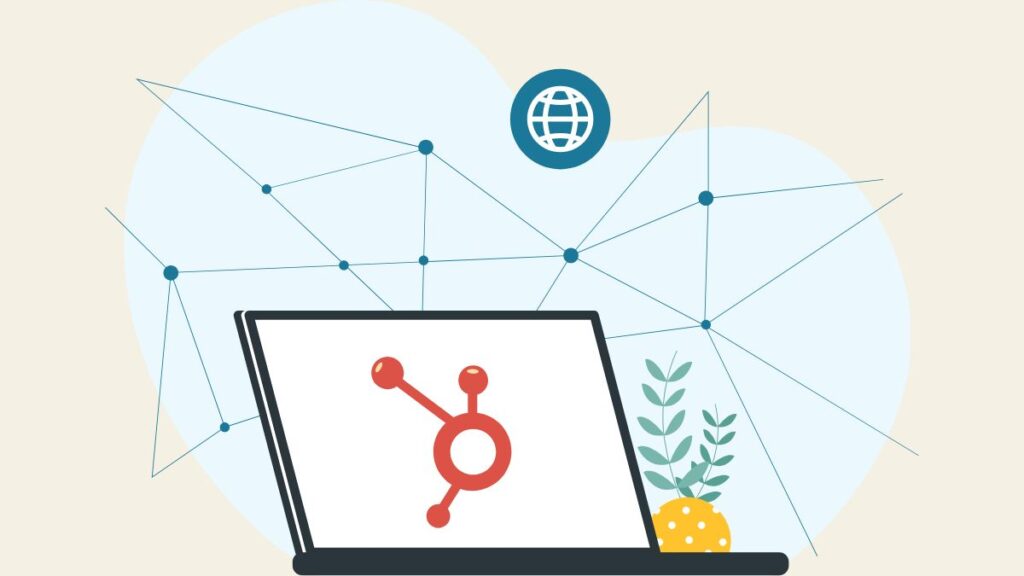Migrating from one customer relationship management (CRM) platform to another can be a complex and resource-intensive process. Whether you’re switching from Salesforce, Zoho, Pipedrive, or any legacy CRM, the goal remains the same: ensure a smooth, secure, and accurate data transition without disrupting daily operations. This is where HubSpot migration services come into play.
HubSpot, known for its user-friendly interface and all-in-one marketing, sales, and service features, is rapidly becoming the CRM of choice for businesses looking to scale. However, to truly leverage its full potential, your historical data—contacts, deals, tasks, email histories, and more—must be accurately and efficiently migrated. HubSpot migration services offer the expertise and technical know-how needed to make this process as seamless and risk-free as possible.
What Are HubSpot Migration Services?
HubSpot migration services are professional solutions that help businesses transition their data and processes from an existing CRM to the HubSpot platform. These services may be offered directly by HubSpot or by certified HubSpot Solutions Partners. The objective is to ensure that all relevant data—contact records, custom fields, emails, workflows, pipelines, and reports—are moved over correctly without data loss, corruption, or downtime.
Depending on your CRM structure, the complexity of your workflows, and the size of your database, the migration process can be relatively straightforward or highly intricate. That’s why partnering with experts is critical.
Why Businesses Need HubSpot Migration Services
Many businesses underestimate the challenges of switching CRMs until they encounter issues with missing data, misaligned fields, or non-functional automations. Relying solely on in-house teams without CRM migration experience can lead to significant disruptions and inefficiencies.
Here’s why professional HubSpot migration services are beneficial:
1. Accurate Data Mapping
Every CRM has its own architecture. Migration experts ensure that your existing fields, tags, and lists are mapped accurately to HubSpot equivalents, maintaining the integrity of your records.
2. Preservation of Historical Data
Migrating past interactions—such as email threads, deal stages, and notes—is critical for sales and support teams. Professional services ensure this history is preserved and accessible in HubSpot.
3. Custom Workflow Replication
Complex automations and sales workflows from your old CRM need to be recreated within HubSpot. Experts help you rebuild or optimize these to match your current business goals.
4. Minimal Downtime
Time is money. A professional migration team works swiftly to reduce the impact on your daily operations and ensures no data is lost in transition.
5. Compliance and Security
CRM data often includes sensitive customer information. Experienced migration providers follow best practices for data privacy, compliance, and secure transfers.
Common Data Types Migrated
A full CRM migration includes several categories of data:
- Contacts and companies
- Deals and deal stages
- Tasks, activities, and notes
- Custom fields and properties
- Emails and communication logs
- Campaign and engagement history
- Lists and segmentation tags
- Files and documents
All of this information must be carefully mapped and tested to ensure a functional system post-migration.
Key Steps in HubSpot Migration Services
The migration process is typically broken down into a series of stages:
1. Discovery and Audit
Understand the scope of your existing CRM: how much data you have, what needs to be moved, and any custom workflows or integrations. This is where migration experts assess your current system and determine the best plan forward.
2. Field Mapping
Identify which fields in your current CRM correspond to those in HubSpot. This step ensures all data appears where it should, such as lead scores, industry types, and deal statuses.
3. Data Cleaning
Before moving to a new system, cleaning your existing data is crucial. Remove duplicates, fix incomplete records, and ensure all entries are up to date. This helps you start fresh in HubSpot.
4. Migration Execution
Using migration tools, APIs, or custom scripts, the data is transferred to HubSpot. This may be done in batches or in one full migration depending on the project size.
5. Testing and Validation
Once the data is in HubSpot, experts perform QA checks to confirm accuracy. They also test workflows, automations, and user permissions to ensure everything works as expected.
6. Training and Go-Live
Your team is trained to use HubSpot effectively. Once everything is confirmed, you go live and begin using your new CRM with full confidence.
Real-World Example: From Salesforce to HubSpot
A mid-sized B2B software company was using Salesforce but found it overly complex and costly. They chose to move to HubSpot for its simplicity and powerful marketing automation features. With the help of HubSpot migration services, the company transitioned over 50,000 contacts, 30 sales pipelines, and hundreds of workflows.
Throughout the project, the migration team ensured custom properties were preserved and email histories linked to the right contacts. Post-migration, the company’s marketing and sales teams experienced a 25% boost in productivity, while the IT team spent less time maintaining the CRM.
One of the major challenges in HubSpot migration is ensuring that custom workflows and data hierarchies are replicated without disruption. Without expert assistance, it’s easy to lose essential context or relationships between records during transfer.
Choosing the Right HubSpot Migration Partner
When selecting a migration service provider, consider:
- HubSpot Certification – Ensure they are a recognized Solutions Partner with certified migration specialists.
- Experience – Ask about their experience migrating from your current CRM.
- Customization – Every business is unique. Make sure they can tailor the migration to your specific setup and business needs.
- Support – Check if they offer post-migration support and training to help your team adapt smoothly.
Final Thoughts
Migrating to a new CRM is not just about moving data—it’s about setting your business up for future success. With HubSpot migration services, you can ensure a smooth transition that minimizes risk, protects your data, and enables your teams to hit the ground running on a more powerful, intuitive platform.
Whether you’re transitioning from a legacy system or consolidating tools into one CRM, investing in professional migration services is the smartest way to ensure a successful HubSpot deployment—without the headaches.






